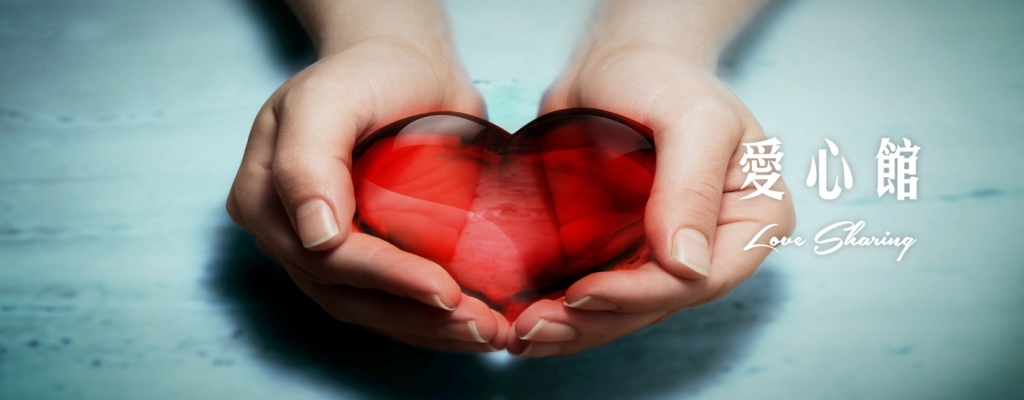In addition, Norway`s main trading partners, in particular the EU, have concluded numerous free trade agreements. Given that EU member states negotiate as a single bloc, this means that if the EU concludes a free trade agreement with another country, one of the parties is the entire 28-member EU – a very large market indeed. A list of trade agreements with the EU and its member states as well as brief explanations can be found at: EU trade agreements “An important reason is that we are heavily dependent on international trade. Already in the Viking Age we sold dried fish abroad. Today, as a small country with a unilateral industrial structure largely based on raw materials, we are dependent on exports. Try to imagine what it would be like if we had to spend all our oil ourselves,” Medin says. “When our major trading partners enter into important trade agreements with other countries, it is important that we align ourselves to prevent trade from being diverted from Norway.” EFTA has concluded several free trade agreements with third countries, as well as declarations on cooperation and joint working groups to improve trade. Currently, in addition to the 28 Member States of the European Union, the EFTA States have established preferential trade relations with 24 States and territories. [46] As a Member State of the European Economic Area, Norway applies all the relevant acquis communautaire for the four freedoms (free movement of goods, persons, services and capital) and the acquis communautaire relevant to accompanying policies (transport, competition, social policy, consumer protection, environment, statistics and company law). The Council examines substantive issues, in particular as regards the development of EFTA relations with third countries and the management of free trade agreements, and maintains relations with the politics and administration of EU third countries in general under control. Its mandate is to examine possible policies to promote the general objectives of the Association and to facilitate the development of links with other States, associations of States or international organizations. The Council also manages relations between the EFTA States under the EFTA Agreement.
EEA issues will be dealt with by the Standing Committee in Brussels. Norway is currently our 44th largest merchandise trading partner with total merchandise trade of $10.4 billion (in both directions) in 2019. Exports of goods amounted to $3.9 billion in respect; Imports of goods amounted to US$6.5 billion. The U.S. trade deficit with Norway was $2.6 billion in 2019. On the other hand, dissatisfaction with Norway`s most important trade deal is also increasing. In 1992, EFTA and the EU signed the Agreement on the European Economic Area in Porto, Portugal. However, the proposal to ratify Switzerland`s participation was rejected in a referendum. (Nevertheless, Switzerland has several bilateral treaties with the EU that allow it to participate in the European single market, the Schengen Agreement and other programs.) With the exception of Switzerland, EFTA members are also members of the European Economic Area (EEA). The EEA comprises three Member States of the European Free Trade Association (EFTA) and 28 Member States of the European Union (EU), including Croatia, which is provisionally applying the Agreement pending its ratification by all EEA countries. [36] [37] It was published on 1.
It was created in 1994 following an agreement with the European Community (which became the EU two months earlier). [38] It allows EFTA-EEA countries to participate in the EU internal market without being members of the EU. They adopt almost all EU legislation on the internal market, with the exception of legislation on agriculture and fisheries. However, they also contribute to and influence the early design of new policies and legislation relevant to the EEA as part of a formal decision-making process. One EFTA member, Switzerland, has not joined the EEA but has concluded a number of bilateral agreements, including a free trade agreement, with the EU. Agreements and regulations within the World Trade Organization (WTO), the European Economic Area (EEA) and other free trade agreements allow Norwegian companies to sell their goods abroad without paying as much tax as would have been the case if there had been no such agreements. Similarly, foreign companies can sell agreed goods to Norway without encountering high customs barriers. Norway voted against membership of the European Union (EU) in a referendum in 1994. However, with the exception of the agriculture and fisheries sectors, Norway benefits from free trade with the EU within the framework of the European Economic Area (EEA). This agreement aims to apply the four freedoms of the EU`s internal market (goods, persons, services and capital) to Norway. As a result, Norway generally adopts and implements most EU directives.
Norway is not a member of the EU`s Economic and Monetary Union and does not have a fixed exchange rate. COMPREHENSIVE: An illustration of Norwegian free trade agreements – including areas where negotiations are ongoing. The European Free Trade Association (EFTA) is a regional trade organisation and free trade area composed of four European states: Iceland, Liechtenstein, Norway and Switzerland. [3] The organisation operates in parallel with the European Union (EU), and the four Member States participate in the European Single Market and are part of the Schengen area. [4] However, they are not parties to the Customs Union of the European Union. .










